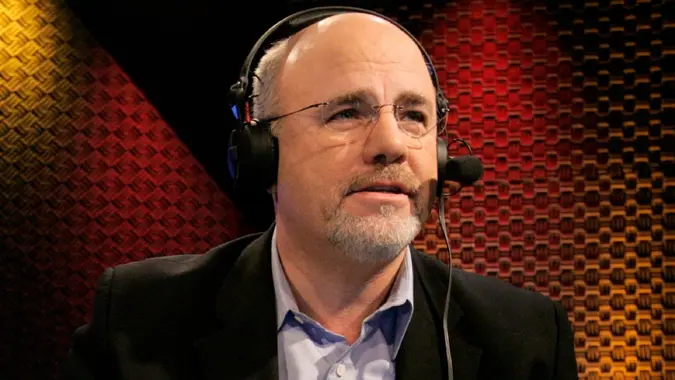Gen Z and Millennials Aren’t Counting on Social Security — Are They in for a Pleasant Surprise?

Commitment to Our Readers
GOBankingRates' editorial team is committed to bringing you unbiased reviews and information. We use data-driven methodologies to evaluate financial products and services - our reviews and ratings are not influenced by advertisers. You can read more about our editorial guidelines and our products and services review methodology.

20 Years
Helping You Live Richer

Reviewed
by Experts

Trusted by
Millions of Readers
There’s no denying that many Americans are struggling to meet their retirement savings goals. According to the 2023 Planning & Progress Study, an annual research report from Northwestern Mutual, Americans on average believe that they’ll need $1.27 million to retire comfortably. But the average American has just $89,300 in retirement savings.
What this means is that, for most Americans, Social Security may be needed to make up a large part of the deficit. Most millennials and Gen Zers who partook in the Northwestern Mutual study are anything but optimistic about how realistic that’ll be for them come their retirement. According to the survey, millennials expect Social Security to fund just 19% of their retirement expenses, while Gen Zers expect Social Security to fund just 15% of theirs.
Why are younger generations so pessimistic about Social Security? Are they right in their assumptions, or are they in for a pleasant surprise?
Why Are Younger Generations Pessimistic About Social Security?
The Social Security Administration itself might be a large part of why Gen Zers and millennials fear for Social Security. According to the latest report from the Social Security Board of Trustees, the Old-Age and Survivors Insurance (OASI) Trust Fund, which is used to pay retirement benefits, will be able to pay 100% of total scheduled benefits until 2033. After that, the fund’s reserves will be depleted.
According to this report, it seems as if the Social Security trustees themselves are telling everyone that in just 10 years, Social Security will run out of money. Under that scenario, it makes sense to assume that there won’t be anything left by the time millennials and Gen Zers retire, as both generations are currently between 11 and 42 years of age. This isn’t the full story, however.
Are Millennials and Gen Zers Wrong in Their Assumptions?
The depletion of the Social Security Trust Fund in just 10 years sounds alarming. That claim makes up only half the story.
The second half of that same paragraph reads as follows:
- “[At that time] … continuing program income will be sufficient to pay 77% of scheduled benefits.”
But, if the Social Security Trust Fund will be depleted in 2033, how will Social Security still manage to pay 77% of schedule benefits?
The reality is that the bulk of Social Security funding comes from current workers. Benefit payments are funneled to beneficiaries via payroll taxes. In past decades, revenue raised by the program exceeded the amount needed to pay retiree benefits, so the excess went into the Social Security Trust Fund.
Thanks to factors such as the growing number of retirees in relation to current workers, money in the Social Security Trust Fund is now used to supplement payroll taxes. But once the trust fund is depleted, ongoing revenue from the current workforce will still pay approximately 77% of needed benefits. While no one wants to take a 23% cut to their Social Security benefits, the idea that payments are simply “going away” is a misperception.
Additional Help May Be on the Way
Politicians already are looking at tweaks to make to the program so it remains 100% funded for the foreseeable future. In an overly simplistic analysis, all that needs to be done to keep Social Security solvent is to match expenses with revenue.
The two broad solutions to this are to cut expenses (benefits) or raise revenue. Because politicians who advocate for cuts to Social Security benefits may be committing political suicide, it’s highly likely that the “raise revenue” route will be chosen.
A few proposals made to accomplish this include:
- Raising the “full retirement” age
- Eliminate (or raise) the Social Security wage base limit
- Increase the payroll tax rate
- Reduce the size of the cost-of-living adjustment
- Adjust (reduce) benefits based on the means of the recipient
Each of these suggestions has its pros and cons, and getting all sides of the political spectrum to agree on a single option may be difficult. However, given the importance of Social Security to American retirees, it seems likely that politicians will be more and more motivated to come up with a solution as full depletion of the Social Security Trust Fund approaches.
 Written by
Written by  Edited by
Edited by 
























